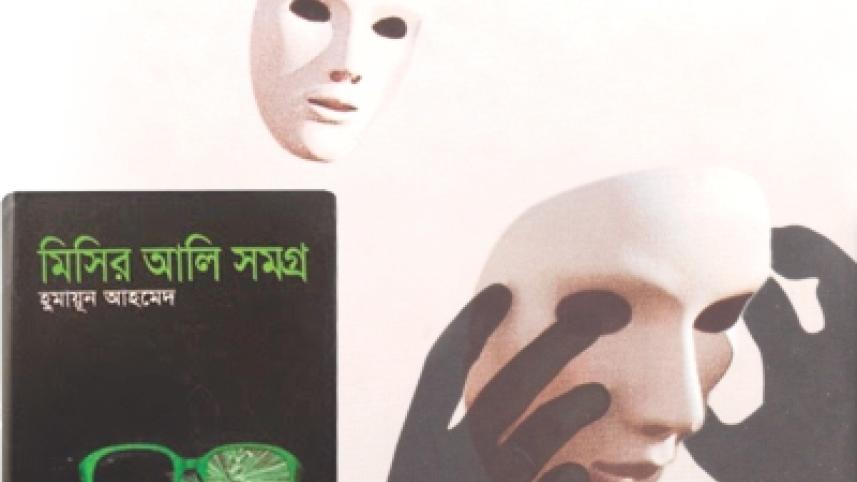On A Humayun Spree

Last week was a hectic one. With the Bangladesh Bank fiasco, a school boy, whose name starts with an 'X', going berserk on social media and the authorities finally making an effort to improve airport security as UK bans air cargo imports, Dhakaites, and not to mention citizens of other parts of the country, had too much on their plate to think about, and little to feel proud of. Of course, there is the Bangladesh cricket team, which is probably the only element that helps keep the heads held high. At times of desperation like the one mentioned, one usually looks for comfort, reverts back to childhood memories, of times less complicated, and I did just that. I began a Humayun Ahmed marathon reading spree.
Picking up the massive 'Misir Ali Shaumogro', I could not help but relish the familiar characters, enjoy the writing style and of course, glimpse into the mid 80s where rickshaws could move wherever they wanted to (even on VIP roads) and homely mansions in the ultra modern and plush area of Dhanmondi.
Misir Ali, as we know, is a psychologist and a behavioural scientist. The stories would begin with Misir Ali meeting and trying to understand a person suffering from mental health disorders. Back then, times were difficult and not all families actually understood the symptoms, the disorder, the disease and that fact that these diseases required treatment. Of course, nothing much has changed.
According to reports, data on mental disorders among people in Bangladesh are scarce, but prevalence in children is estimated to be between 13.4 to 22.9 percent. According tot eh report titled, "What is the state of mental health in Bangladesh?" published last month by iccddr,b, behavioural disorders are most common among children, but psychiatric disorders are also reported among socially disadvantaged children, such as those living in urban slums. The evidence suggests that psychiatric disorders among children are associated with malnutrition, low education of fathers and a family history of mental illness. However, due to the strong social stigma attached to mental disorders in Bangladesh, there is probably a chance that prevalence in both children and adults is underestimated.
Of course, Misir Ali goes all science and refuses to believe in the existence of other worldly objects, even when the Devi comes and finally shows herself to Misir Ali. He is writhing in pain and even then, he disregards her presence in front of him, says her to be a figment of his imagination, and blames it on his mental health disorder leading to a possible case of hallucinations.
It's a wonder how a Humayun Ahmed novel still manages to take one into the deep realms of imagination, a world of strange characters, fat landlords and dark skinned beauties. It's a wonder how these stories till manage to create emotions within, even after a thousand reads, even after all these years.




 For all latest news, follow The Daily Star's Google News channel.
For all latest news, follow The Daily Star's Google News channel.
Comments